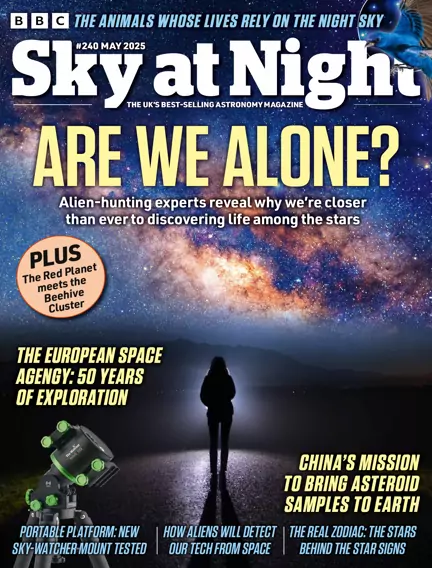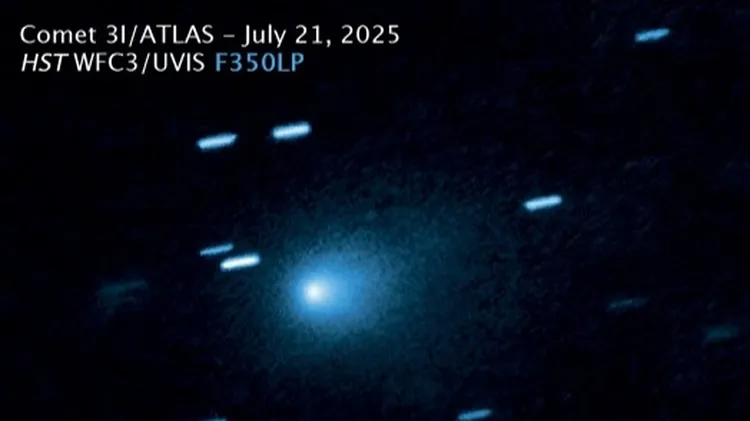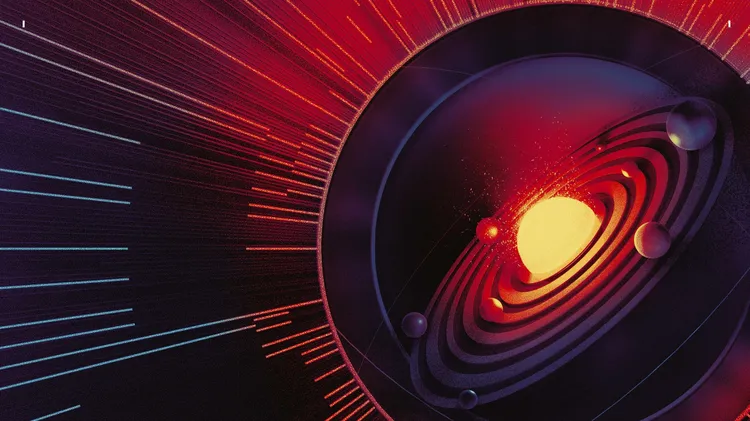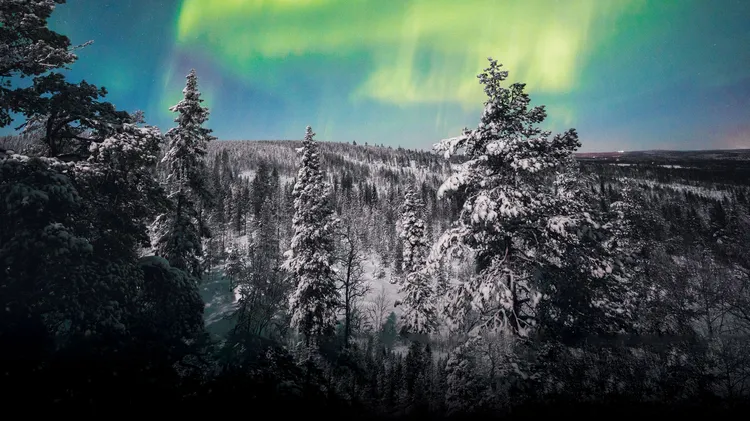Powerful electrical currents guide the Northern and Southern Lights
Q&a with an aurora scientist
2 min read
This article is from...
Read this article and 8000+ more magazines and newspapers on Readly






